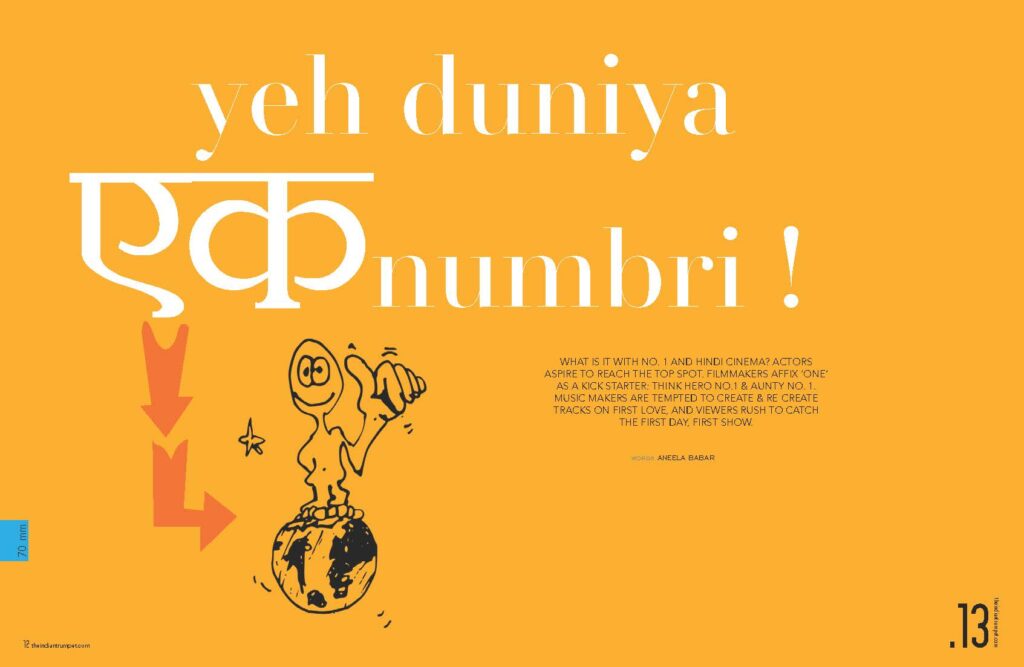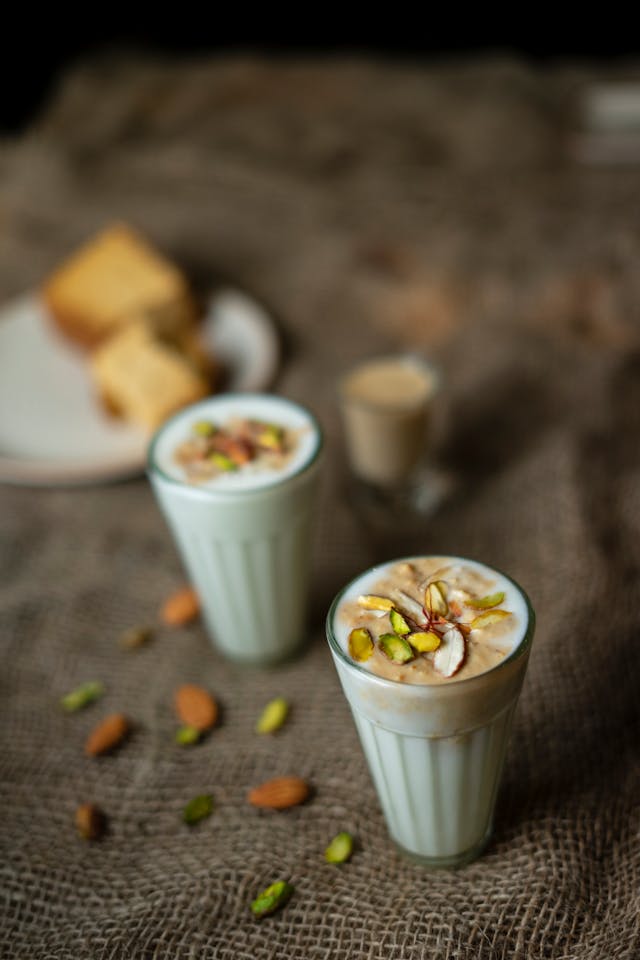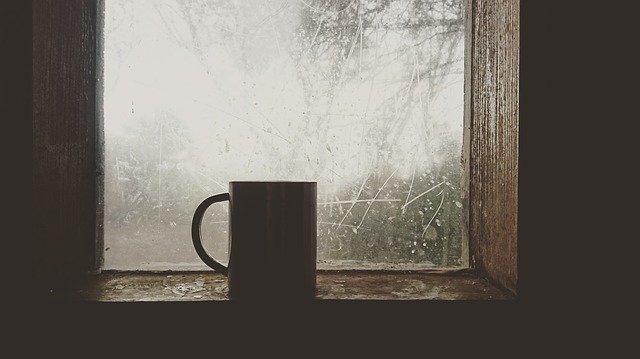“Oh no, no, Dipankar,” said the Grand Dame of Culture, slowly shaking her ancient and benevolent head from side to side in pitying condescension as she held him with her glittering eye, “That’s not it at all. Not ‘Duality’: I could never have said ‘Duality’, Dipankar, oh dear me, no. The intrinsic essence of our being here in India is a oneness, yes, a oneness of Being, an ecumenical assimilation of all that pours into this great subcontinent of ours.” She gestured around the drawing room tolerantly, maternally. “It is the unity that governs our souls, here in our ancient land.” (Seth, 404:1993).





